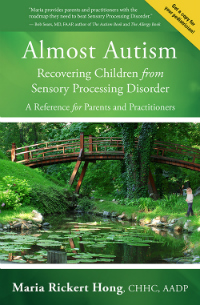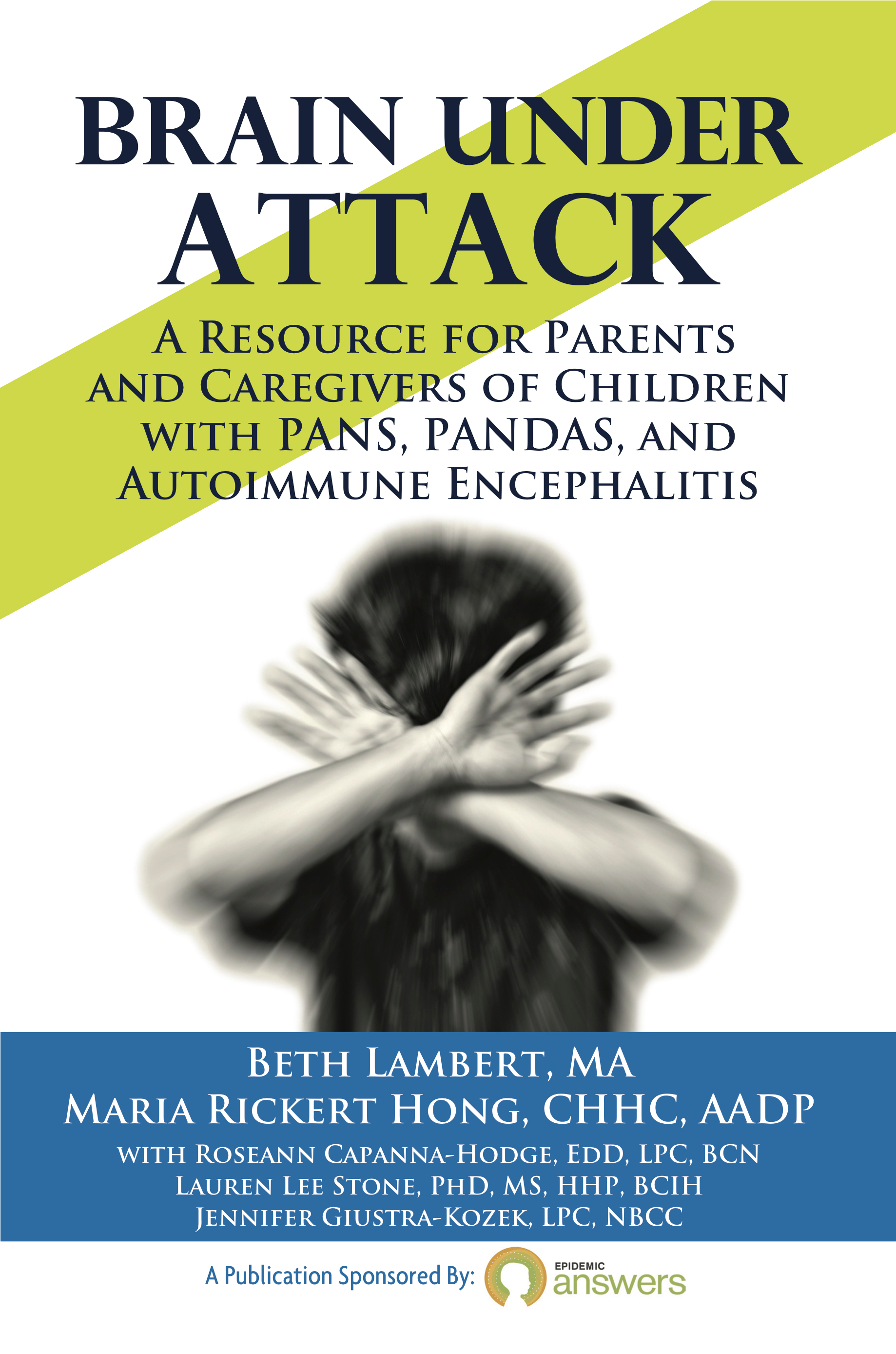
Find out how to reduce healthcare costs by investing in a healthy lifestyle here. True, it costs more money up front, but as Benjamin Franklin is famously quoted as saying “A stitch in time saves nine.”
One of the best ways to create health is to eat organic foods. Pesticides used in non-organic foods have been linked time and again to diseases and disorders ranging from cancer to Parkinson’s to autism and ADHD.
Yes, organic foods cost more, but consider that the typical American family pays less than half of what other cultures do because so many of our unhealthy crops are subsidized (sugar, corn, wheat, soy, canola, etc.).
Joel Salatin, founder of Polyface Farms and author of “Folks, This Ain’t Normal: A Farmer’s Advice for Happier Hens, Healthier People and a Better World“, says “If you think the price of organic food is expensive, have you priced cancer lately?”
Another way to create health is to eat fresh-as-possible foods. Americans typically eat far more processed foods loaded with these subsidized crops than other cultures do.
Take a look at this Time photo-essay to see that most other cultures eat far more fresh food and less processed food than Americans do. Many times, processed foods contain preservatives, trans fats, sugar, artificial colors, antibiotics, growth hormones and, sometimes, even carcinogens. No wonder Americans have such high healthcare expenses!
Do you think what you eat can have an impact on your health? I know it does from both my personal and professional experience.
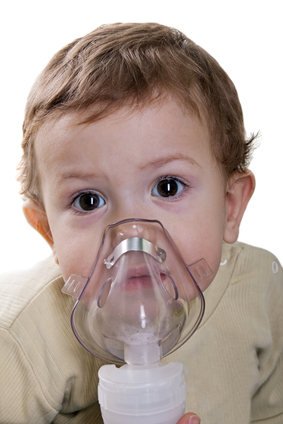 My older son got sick a lot, especially after he started preschool when he was 3.
My older son got sick a lot, especially after he started preschool when he was 3. Join me in the Memorial Room at the Main Fairfield Public Library in Fairfield, CT on April 30, 2013 at 7:00pm, as I discuss “What’s Behind the Epidemic of Autism, ADHD, Allergies and Asthma?”
Join me in the Memorial Room at the Main Fairfield Public Library in Fairfield, CT on April 30, 2013 at 7:00pm, as I discuss “What’s Behind the Epidemic of Autism, ADHD, Allergies and Asthma?”
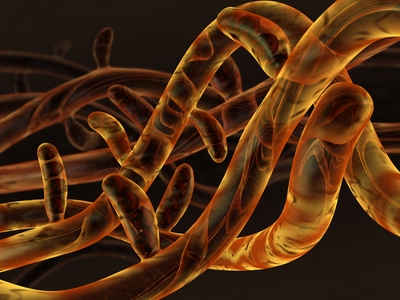 Gut dysbiosis — this topic is the motherlode. It’s one of the two core (in my opinion) reasons for the explosion of chronic childhood illnesses we see today.
Gut dysbiosis — this topic is the motherlode. It’s one of the two core (in my opinion) reasons for the explosion of chronic childhood illnesses we see today. WARNING: I am a huge, biased fan of Cindy Freedman and Ailene Tisser of
WARNING: I am a huge, biased fan of Cindy Freedman and Ailene Tisser of  Here’s how I finally got help for Sensory Processing Disorder.
Here’s how I finally got help for Sensory Processing Disorder.
 My sons have had eczema their whole lives. It has ranged from cradle cap (did you know that was a form of eczema?) to itchy bumps in the creases of the knees and elbows to full-blown bloody red rashes on the arms and legs.
My sons have had eczema their whole lives. It has ranged from cradle cap (did you know that was a form of eczema?) to itchy bumps in the creases of the knees and elbows to full-blown bloody red rashes on the arms and legs.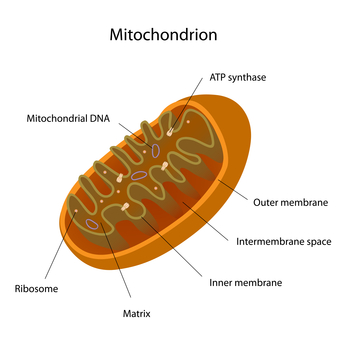 Because of my son’s failure to thrive, our pediatrician sent us to see
Because of my son’s failure to thrive, our pediatrician sent us to see 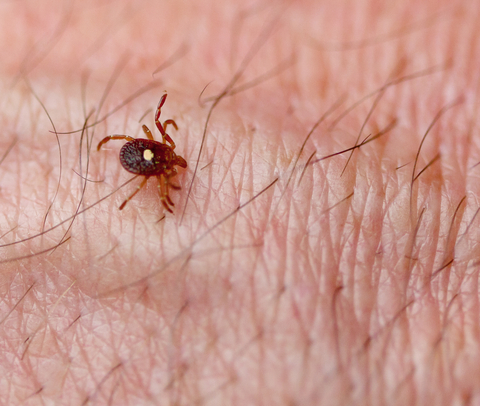 A few months ago, my then-6-year-old son had a definite change in his typically sweet personality for the worst.
A few months ago, my then-6-year-old son had a definite change in his typically sweet personality for the worst. Yet more research is coming to light about the damaging effects of heavy metals. A
Yet more research is coming to light about the damaging effects of heavy metals. A 